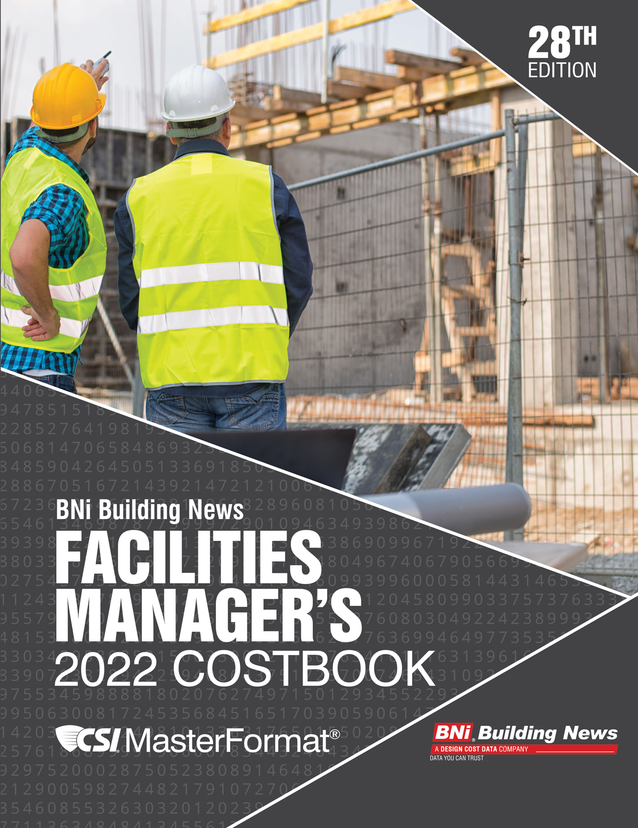After four years of preparation by more than 400 representatives from the construction industry, the New York City Department of Buildings (DOB) has unveiled a comprehensive redesign of its 49-year-old building code. It adapts to national and international standards for the first time, encourages greater safety, and simplifies processing for contractors. It will also introduce time saving benefits such as digital filing online.
The new code will be flexible and revised every three years. To start, it adopts five out of the eight code standards prescribed by the International Code Council: fuel and gas, mechanical, plumbing, electrical, and building. It also includes provisions for progressive collapse resistance for buildings over 300 feet tall, says Fatma Amer, DOB deputy commissioner for technical affairs.
“We’re maintaining the same provisions from the World Trade Center Building Task Force and Local Law 26 so that in high-rise, nonresidential buildings you still will not be able to utilize the open-web steel joist until the commissioner promulgates regulations establishing that fire-proofing standards are acceptable,” says James Colgate, executive architect at DOB. “There’s a lot of testing going around the world on this, and we’re waiting and watching.”
The code introduces several fire-safety enhancements, such as requiring a second water supply system—in case the sprinkler system’s main is severed—and larger in-house water reserves for better self-sufficient firefighting. Residential high-rises over 125 feet tall will have emergency generators to support alarms, emergency lighting, impact-resistant stairwells, and at least one elevator serving the building.
A total of 13 points within the code package could prove contentious, chief among them a mandatory peer-review process of new skyscrapers. “There are an awful lot of new, taller buildings that are exotic and are stretching the scales of the profession, and I don’t mean that in a negative way,” says Irwin Cantor, a local independent consultant who co-chaired the structural and foundation subcommittee for the revisions.
To satisfy real estate developers, DOB has limited peer review to buildings that: feature an aspect ratio of seven or greater; are over 600 feet tall or more than 100,000 square feet; contain irregular superstructures; are designed using nonlinear time history analysis or contain special seismic dissipation systems. Peer review would also be required in cases when a building official requests a review.
The City Council has until July 1 to adopt the new code. If it does, the regulations will go into effect July 1, 2008, and contractors will have the option of using either the old code or the new codes until July 1, 2009. This yearlong transition period is meant to allow companies to train staff, explains DOB commissioner Patricia Lancaster.
A version of this story originally appeared in RECORD’s sister publication, Engineering News-Record



Post a comment to this article
Report Abusive Comment